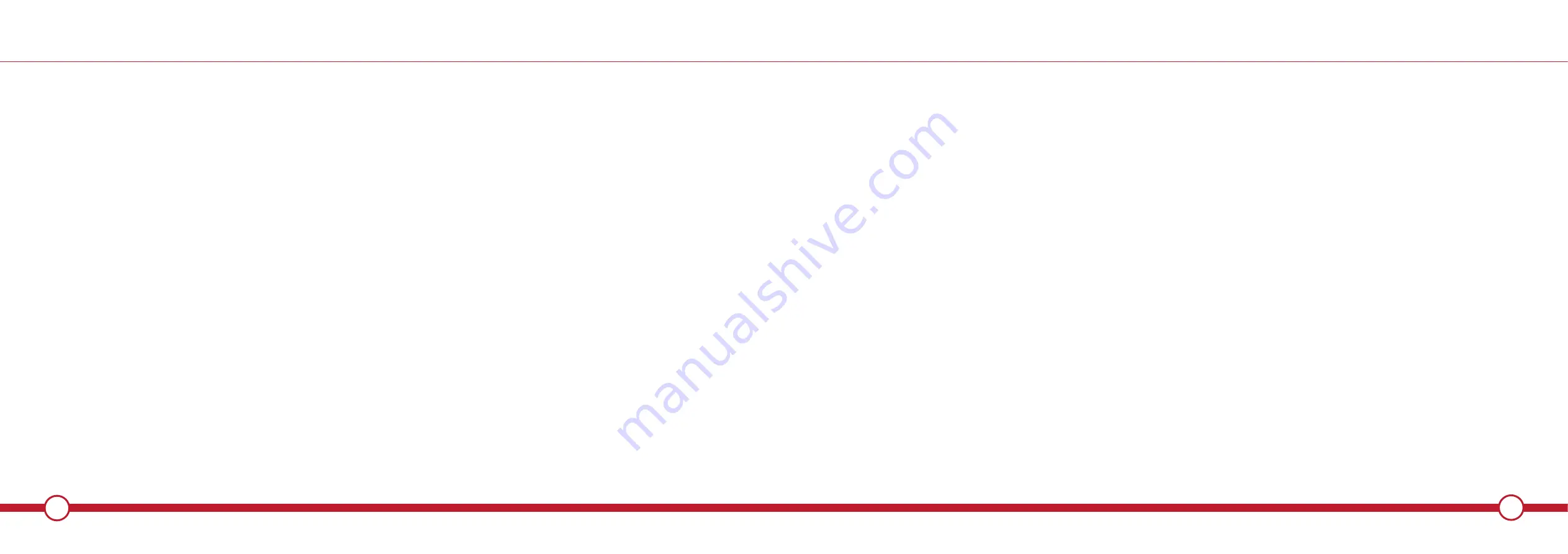
62
63
OPERATION
OPERATION
TRANSPORTING THE UNIT
•
When you finish cutting in one location and wish
to continue work in another spot, turn off the
engine, lift up the unit and carry it, paying
attention to the blade.
•
Never forget to place the protective cover over
the blades while transporting.
•
When transporting the unit over long distances,
detach the blade and fasten the unit by ropes.
CHAINSAW WORKING TECHNIQUES
Beware of hidden objects
.
Check there are no cables or other objects hidden
within the tree branches that will damage this
machine or cause injury if cut by the chainsaw .
•
This machine must not be used within 15M of
overhead power lines.
•
Before beginning any overhead work, the ground
must be cleared first. Remove any debris
that is likely to trip or obstruct a quick exit to
should anything fall suddenly.
•
Inspect the condition of the tree. Check that there
are no loose branches that are likely to fall
unexpectedly. Check for signs of decay within
the tree that may cause part or all of the tree to
fall on you.
Do not attempt to cut wind fallen trees or timber.
•
Work systematically starting from the lowest
branches first. This prevents falling branches
from becoming hung.
•
Do not work in windy conditions as this
increases the risk of personal injury.
•
Remove the transport guard before starting the
engine.
WARNING: BEFORE CUTTING, MAKE SURE THE
CHAIN IS CORRECTLY FITTED AND TENSIONED.
Delimbing
The best practice is to cut branches in to
manageable sections. Due to the weight of the
branch on it's self, simply cutting through from top
to bottom will result in it splitting along the branch
damaging the tree. An initial relief cut on the under-
side, followed by a final cut from above will stop this
from happening.
•
Position the cutting head near the tree limb
making sure it is not touching any other
branches.
CONTROLLING BLADE THRUST
Blade thrust can cause serious personal injury. It is
important that you understand what causes blade
thrust and how you can reduce the chance of it and
also how you can remain in control of the unit if
blade thrust occurs.
What causes blade thrust:
•
Blade thrust can occur when the moving blade
comes in contact with an object that it cannot
cut. This contact causes the blade to stop and
then suddenly move or "bounce" away from the
object that was hit. The operator can lose control
of the unit and the blade can cause serious injury
to the operator and bystanders if the blade
contacts any part of the body.
How you can reduce the chance of blade thrust:
•
Understanding and knowing about blade thrust
eliminates the element of surprise.
•
Cut weeds and grass only, not hard objects.
•
If you cut where you cannot see the blade be
prepared for blade thrust.
•
Keep the blade sharp at all times.
•
Avoid feeding the blade too rapidly.
•
Cut only from your right to your left.
How you can maintain control:
•
Keep a firm grip on the unit with both hands
utilizing both handles.
•
Keep both feet spread apart in a comfortable,
firm stance braced for the possibility that the unit
could bounce.
•
Do not overreach.
OPERATION
1. Check the bolt to fasten the blade and be sure
the bolt has no faults or damage.
2. Be sure that the blade and the holder have been
fastened according to instruction and that the
blade turns smoothly without abnormal noise.
The rotating parts fastened incorrectly may cause
serious injury to the operator.
Make sure that the blade is not bent, warped,
cracked, broken or damaged.
If you find any error to the blade, discard it and
replace with a new one.
Make sure to use the harness and cutting
attachment guard. If not, it is very dangerous when
you slip or lose your balance.










































